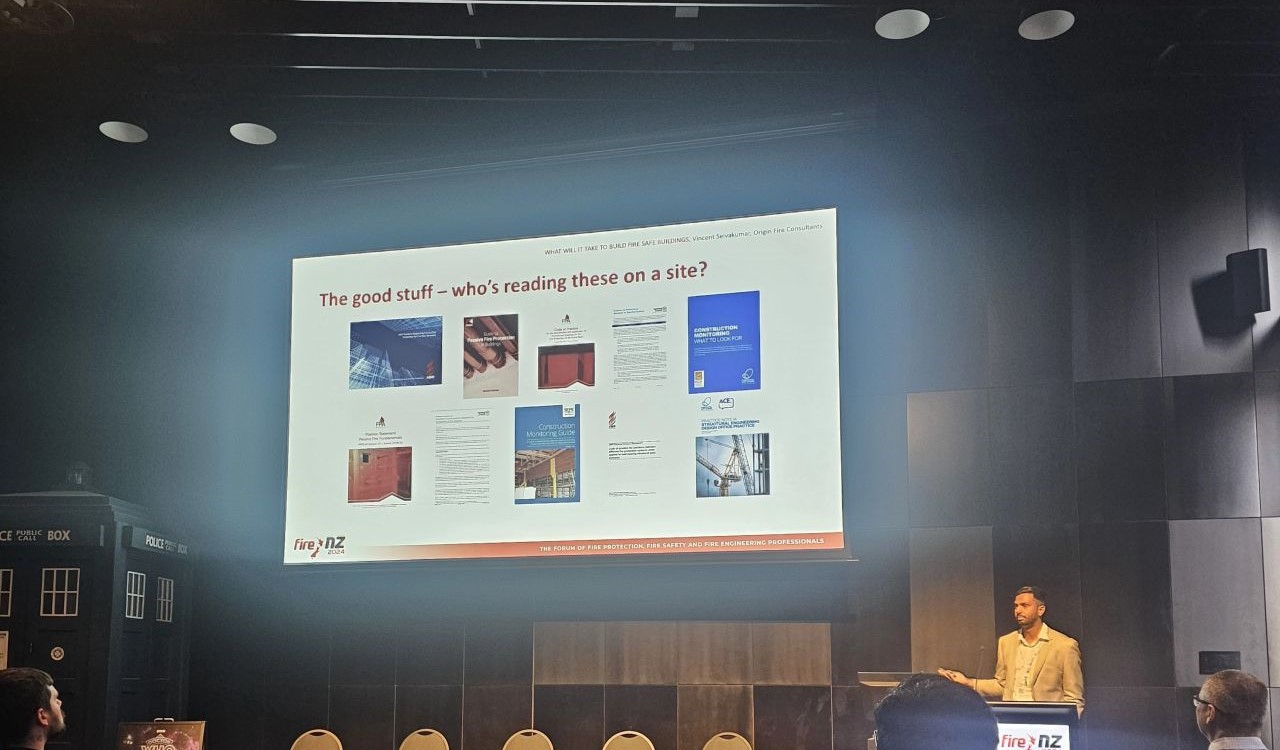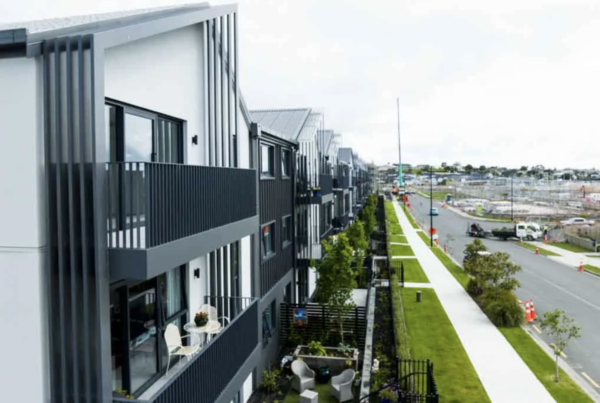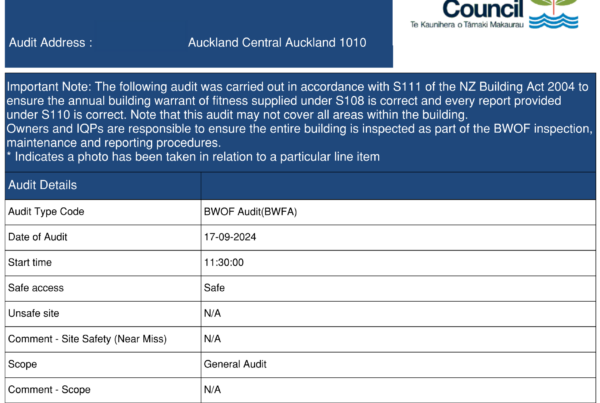At FireNZ 2024, I had the privilege of discussing the critical need for fire-safe building practices in my presentation, “What Will It Take to Build Fire-Safe Buildings.”
My primary emphasis was on a fundamental aspect that the expert skills and knowledge applied to design and planning phases are often missing during the installation, resulting in gaps that impact fire safety. This disconnect can compromise the hard work of engineers and designers unless we bridge it by bringing experienced oversight directly to the installation stage
Whether it’s fire-stopping, sprinkler systems, or intumescent paint, proper installation is essential to achieving true fire safety. All the prior efforts in code compliance, documentation, design, and manufacturing converge at this stage—and if installation is flawed, the entire fire safety system can be compromised.
While adherence to codes, standards, and guidance documents is essential to meet fire safety objectives, experience has shown that those responsible for installing these systems—often contractors and installers—may not always have the full context to interpret technical guidelines accurately. Bridging this gap requires active collaboration between designers, fire engineers, and installers.
By involving fire engineers with deep knowledge of fire safety in both the design and construction phases, we can tackle potential misunderstandings early and ensure that each fire safety feature’s purpose is clearly understood.
Another key theme I explored was the importance of involving experienced engineers not only during design but throughout the construction phase. Construction sites operate under tight budgets and schedules, and these pressures can lead to compromised standards if not carefully managed.
Experienced engineers who are pro-actively involved provide crucial oversight, address issues in real-time, and verify that each fire safety feature is installed according to its design intent. Training across all levels—from project managers to installers—is essential to bridge the gap between design and on-site application.
My presentation also highlighted international examples of quality-driven markets where fire safety standards are upheld through a culture of continuous improvement and awareness. In some countries, less stringent regulations and government oversight still yield high levels of fire safety due to a market-driven demand for quality and safety from property owners.
For New Zealand, adopting a similar approach means educating building owners about fire safety and involving skilled engineers at every stage. As engineers, our role extends beyond design; it includes advocating for policies that hold the building industry accountable and setting high standards to influence future generations.
Lastly, I emphasised that while legislation sets minimum standards, true safety comes from aiming beyond these baseline requirements. Quality assurance in documentation, design, and manufacturing is fundamental, but without correct installation of fire safety systems, these efforts will ultimately fall short. A properly installed fire-stop or sprinkler head is what ensures a building’s fire resilience—not just the intentions outlined on paper.
At Origin Fire Consultants, we’re committed to advancing these principles by fostering proactive engagement at every project stage, continuously advocating for improvements in the field, and raising awareness across the industry.
Building fire-safe structures isn’t just about meeting requirements; it’s about ensuring every step is executed with precision, understanding, and purpose.



